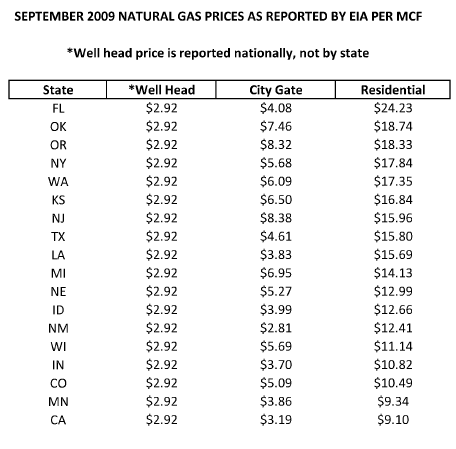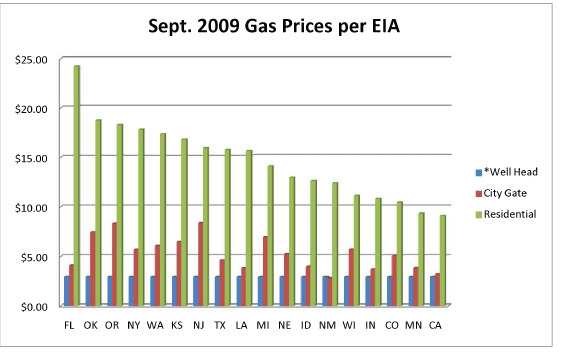In a previous post I reported on the application of Devon Energy asking the Texas Railroad Commission to include in the new Field Rules for the Carthage (Haynesville Shale) Field a provision allowing it to drill horizontal wells across lease or pooled unit boundaries. These new rules apply to wells drilled in the Haynesville and Bossier formations in Harrison, Nacogdoches, Panola, Shelby and Rusk Counties in East Texas. Devon asked that the rules provide what it calls a “default allocation method” for horizontal wells drilled across unit boundaries.The rule proposed by Devon reads as follows:
“Operators shall be permitted to drill and complete horizontal wells that traverse one or more units and/or leases as long as that operator has a lease or other mineral ownership right to produce from each such unit or lease. If such a well is not already subject to an agreement regarding the allocation of production, the following allocation formula will be presumed to constitute a fair and reasonable allocation of production from a well in this field and shall be utilized by the Commission in assigning acreage attributable to the separate units/leases traversed by the horizontal drainhole: an allocation of acreage and production to each of the units and/or leases traversed by and completed in the horizontal well based on the percent of said horizontal well from first take point to last take point that lies under each unit or lease.”
The Commission concluded that it had no authority to adopt such a rule, because pooling is a contractual issue between private parties, and (except as provided in the Mineral Interest Pooling Act) the Commission has no right to impose allocations of production among different tracts penetrated by a horizontal well.





